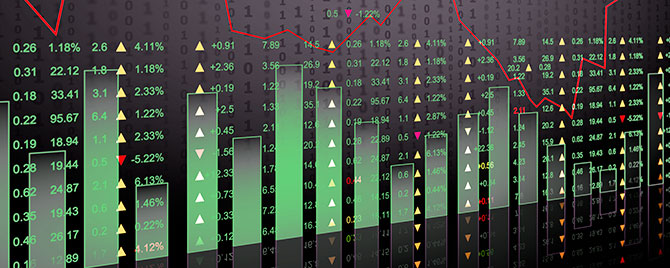SF Fed Blog
-

India’s Demonetization: The Long Road to a Cashless Future
The chaotic aftermath of India’s recent demonetization shows how crucial cash remains to daily life in developing countries. The disruption also exposed the technological barriers to the transition to a less cash-dependent economy. As the Indian government announces further incentives for cashless payments, the demonetization shock may also jumpstart existing policy efforts to develop a more digital economy.
-

Chinese Banks are Writing Off More Loans and That is a Good Thing
In recent years, Chinese banks have become more aggressive in writing off their nonperforming loans as a way to address their asset quality issues. The acceleration in loan write-offs by Chinese banks was made possible by the relaxation of tax rules and is a step in the right direction for banking reform.
-

Why Asian Banks are Well Positioned for Basel III
A San Francisco Fed review indicates the Asia-Pacific’s 75 major banks are well positioned to meet Basel III minimum standards for implementation in 2019. The strong position of Asian banks can be attributed to the build-up of capital and liquidity buffers after the Asian Financial Crisis of 1997-8, as well as less reliance on leverage and hybrid capital instruments than their western counterparts. The end result is both higher levels and quality of capital.
-

Can Private Capital Transform Banking in China?
China’s banking system has historically been dominated by large government-owned banks. However, several recent trends are challenging that status quo. Private and privatized banks are beginning to play an important role in the financial system with the potential to improve financial inclusion and efficiency while raising new regulatory questions.
-

Can Fintech Fill Asia’s SME Lending Gap?
Perhaps no sector has more to gain from innovations in financial technology than small- and medium-sized enterprise (SME) finance, especially in Asia. SMEs accounted for 42 percent of Asia’s GDP in 2014 yet received only 18.7 percent of bank lending according to the Asian Development Bank. Fintech can particularly leverage the rapid growth of Asia’s e-commerce and regional trade, trends that complement SME development.
-

The Growing Importance of China’s Money Market
China’s money market is growing rapidly and playing an increasingly important role in the financial system. It serves as both a key channel for monetary policy and as a source of funding for a variety of financial institutions. Recent data reveal that non-bank financial institutions have emerged as the largest borrowers, bringing along new risks to financial stability.
-

China’s Credit Growth: How Fast is Too Fast?
China now has one of the highest leverage ratios among emerging economies, with its corporate debt-to-GDP ratio greater than any other major economy. The debt overhang poses challenges to the country’s economic transition and financial stability, although a full blown banking crisis is unlikely.
-

Reducing Remittance Fees can Boost Asian Economies
Remittances exceeded $600 billion worldwide in 2015 with more than two-thirds going to developing countries. Developing Asia receives more remittances than any other region—roughly $200 billion—and in some countries remittances even exceed foreign direct investment inflows. Meanwhile, innovations in payment systems can reduce remittance fees dramatically, increasing the earnings sent back to migrants’ friends and families—and supporting economic growth in Asia.
-

Implementation of New Impairment Standards: IFRS 9’s Impact on Asia
Many Asian economies will soon implement IFRS 9. The new standard will fundamentally change how banks determine loan loss allowances. This significant change in methodology will likely require that many banks increase loan loss provisions, resulting in lower reported earnings.
-

(Re)Classifying Frontier Markets
Pakistan’s recent MSCI upgrade highlights one path for frontier financial market development. While stock index categorization may serve to legitimize a market and bestow prestige, it is not necessarily the best indicator for investor sentiment. Global investors consider a broad range of indicators in considering where to deploy their capital. For frontier and emerging markets conducting financial market reform, the challenge is more complex than an index upgrade might imply.